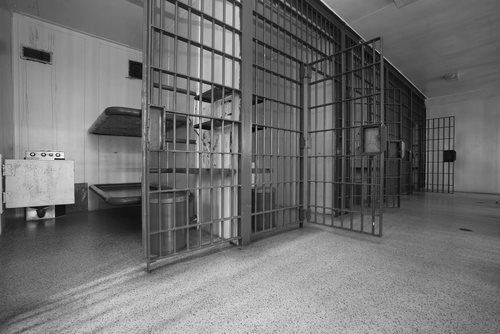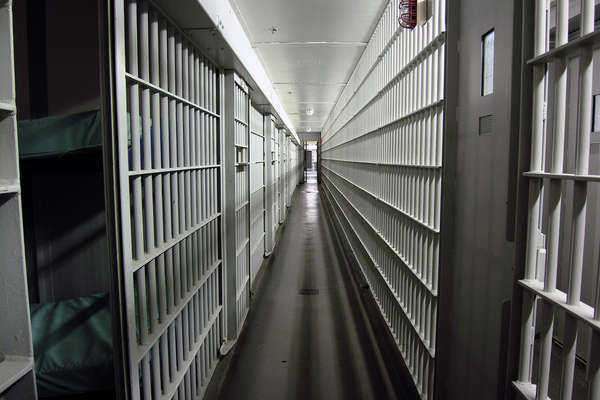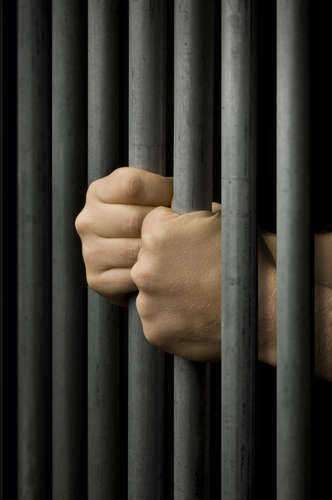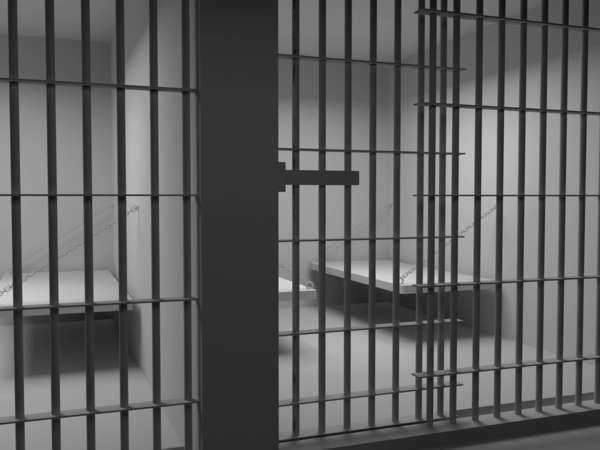Wisconsin Inmate Search



The Colorado Department of Corrections serves the state of Colorado in terms of its state prisons. The current executive director of the Colorado Department of Corrections is Aristedes W. Zavaras, a former police officer in the Denver Police Department. There are 6700 employees of the Colorado Department of Corrections at this time, and there are 23000 offenders currently within the prisons controlled by the Colorado Department of Corrections.
The Colorado Department of Corrections operates 19 prisons within Colorado, each of which might fall into one of five different levels. The five levels of security within the prisons of the Colorado Department of Corrections system include minimum security, minimum-restrictive security, medium security, close security, and administrative segregation.
The Colorado Department of Corrections also operates the Youthful Offender System of Colorado, which is a system specifically designed to keep youthful offenders separate from adult offenders in prisons within the Colorado Department of Corrections system. The YOS program of the Colorado Department of Corrections is operated by the Division of Adult Parole, Community Corrections, and YOS.
The Colorado Department of Corrections offers a number of different programs to help inmates who are attempting to restart their lives. These programs include re-entry programs, for inmates who are leaving the jail system of the Colorado Department of Corrections and are re-entering the community, and community corrections programs which are designed to help give inmates supervision while they live within residential community centers, instead of being inside of prisons.
Contact Colorado lawyers for legal advice and assistance.







